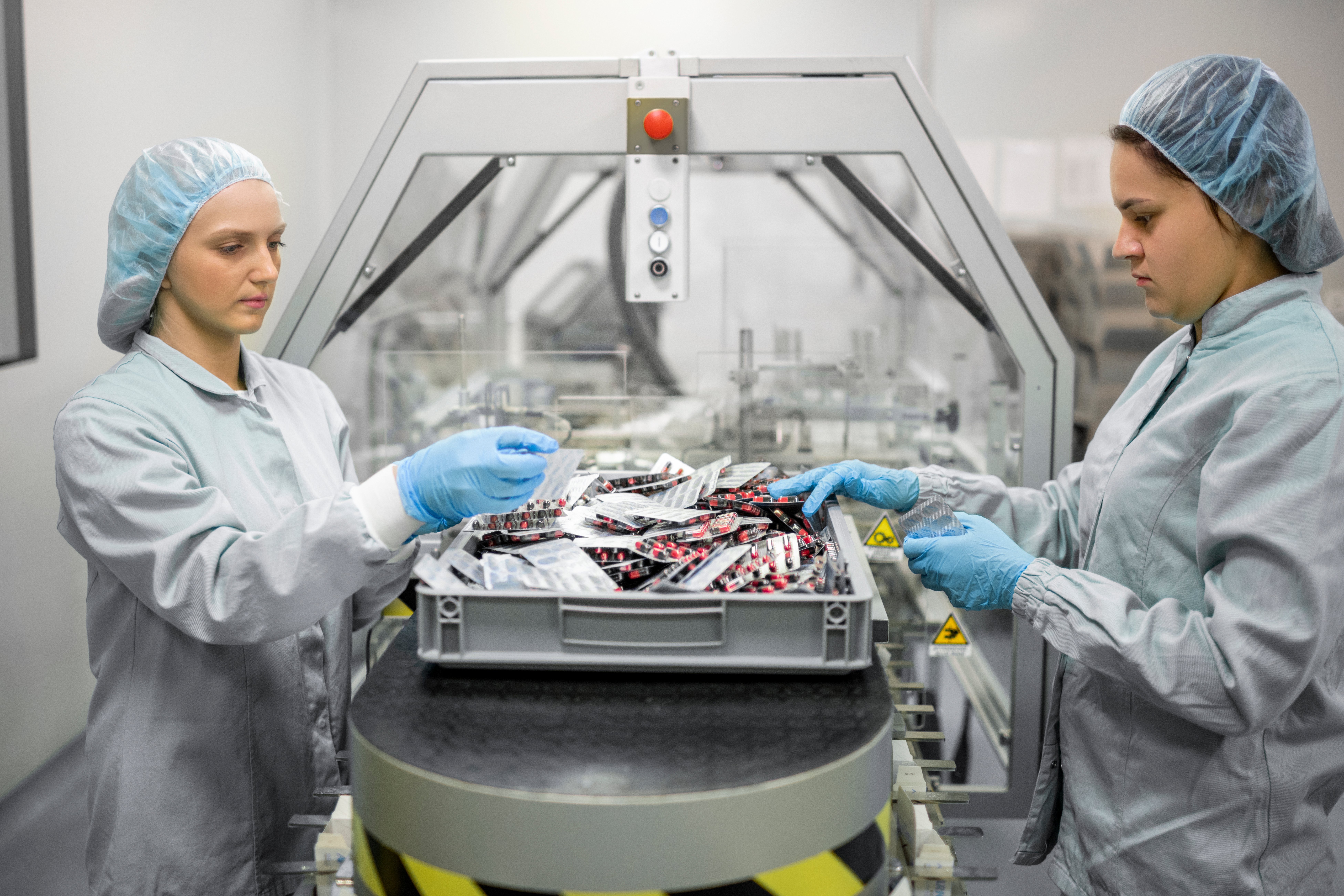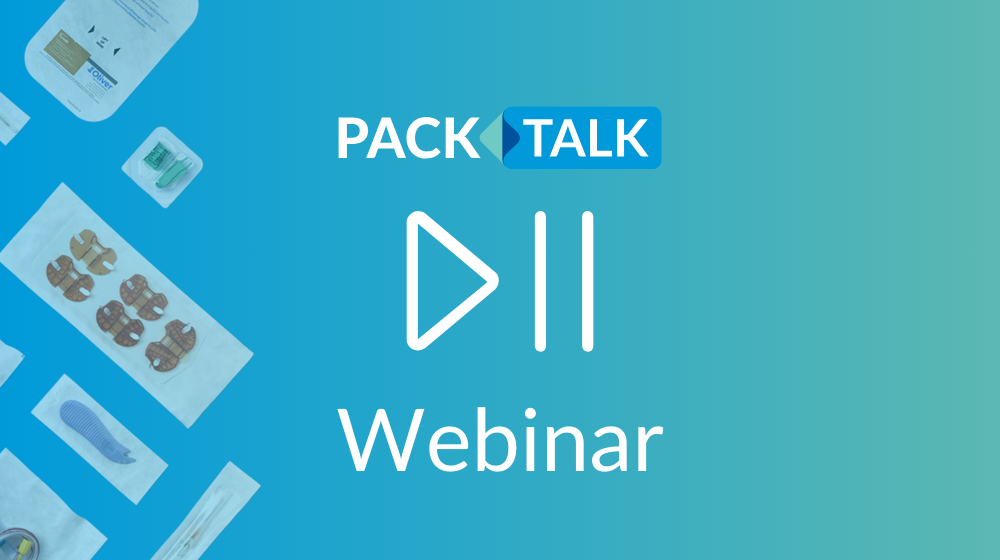Adhesive vs. Extrusion Lamination – What’s the Difference and Why Does it Matter?
Film and foil laminations used for pouching applications across the healthcare packaging industry serve a vital purpose in protecting single use medical device, diagnostic, and pharmaceutical products.
They are excellent microbial barriers and stand up to a variety of sterilization modalities. The large selection available of multi-layer structures allows packaging engineers flexibility in choosing the right structure for a given performance need or application. This might include added strength and puncture resistance, peelability, moisture and oxygen barrier properties, printing, or even a combination of these or other functional requirements. But how are these layers all combined? Generally speaking, most pouching laminates used in our industry are converted using either adhesive lamination or extrusion lamination. Let’s explore the difference between these two methods, and why it matters both for film and foil construction as well as final sterile barrier application.
Adhesive Lamination:
Adhesive lamination involves applying an adhesive to a carrier web, which is then laminated to a second web. A common industry example would be applying adhesive to PET as the carrier film, and then marrying it up to LDPE. The adhesive layer acts as “glue” between the PET and LDPE-films. The adhesive used can be solvent-based or solventless. While both types are prevalent, and some suppliers may prefer one over the other for various reasons, here we will focus on solventless adhesive laminations as the industry has started to gradually move more in that direction.
.jpg)
-
Compatible with a variety of substrates, including PET, PE, Nylon, Aluminum Foil, PP, and AlOx coated films
-
Low energy process – only energy needed is to run the machine and heat up the adhesive
-
Application temperature is important to ensure it is adequate for the specific adhesive used but not too hot for a given substrate (such as PE, which may be sensitive to curling)
-
Delicate process – applied adhesive layer is very thin
-
Requires curing time:
-
Additional layers can be added after about 24 hours, but the final lamination will require 3-5 days to fully cure (depending on the substrates and temperature)
-
Humidity control is key – too dry, and the adhesive may not cure 100%, which becomes critical in dry climates
-
Extrusion Lamination:
Extrusion lamination is achieved by unwinding two substrates, introducing an extruded polymer in between them (LDPE is common in our industry), and rewinding all three layers back together. In this process, the extruded polymer acts as the “glue”, sandwiched between two other layers such as PET and LDPE.
-
Compatible with a variety of substrates, similar to adhesive lamination
-
Higher energy process, requires much more heat to properly bond substrates
-
Requires substrate treatment, depending on layers:
-
LDPE does not adhere well to PET or Aluminum; a PET carrier web will require a primer AND a lot of heat to build a bridge with LDPE, and Aluminum will require a modified LDPE extrusion; a corona treatment prior to converting (often in-line) will also create a higher surface tension on PET or Aluminum to help achieve good bond properties
-
-
The thickness of the extruded layer depends on equipment, and will add to the overall thickness of the finished structure
-
The extrusion layer can be tinted to introduce color into the structure, without impacting the carrier web(s) or relying on print
-
No curing time is required, and depending on the equipment and final structure/layer pattern, the full conversion may be completed in one shot
So why might a healthcare packaging engineer care about using one style of lamination over another? While both converting styles will create high quality film and foil pouching structures, there are a few things to consider or explore with your supplier:
-
Adhesive lamination may exhibit higher stability to aggressive 2x EtO testing – something to consider for troubleshooting or during design and development
-
Adhesive laminations can use almost any kind of ink for printing, whereas extrusion laminations require heat resistant inks
-
Most pouching substrates in industry are compatible with either process, however, thin aluminum might be more susceptible to wrinkling when using adhesive lamination
-
While extrusion laminations can be used right away (no curing time needed), adhesive laminations require less energy to convert and may provide an opportunity for achieving an overall thinner structure – something to explore for sustainability initiatives
In the end, both adhesive and extrusion lamination processes will generate pouching films and foils needed to protect healthcare products and maintain the sterile barrier until the point of use. But having a general understanding of the differences between these processes can help you have educated conversations with your suppliers to help you be intentional in your package design decisions and for troubleshooting failures.f



